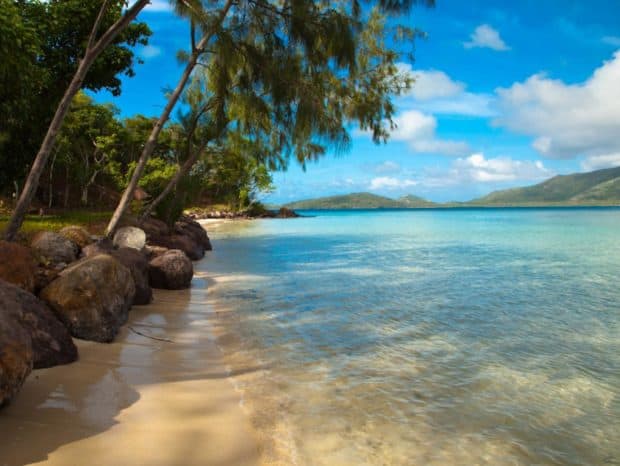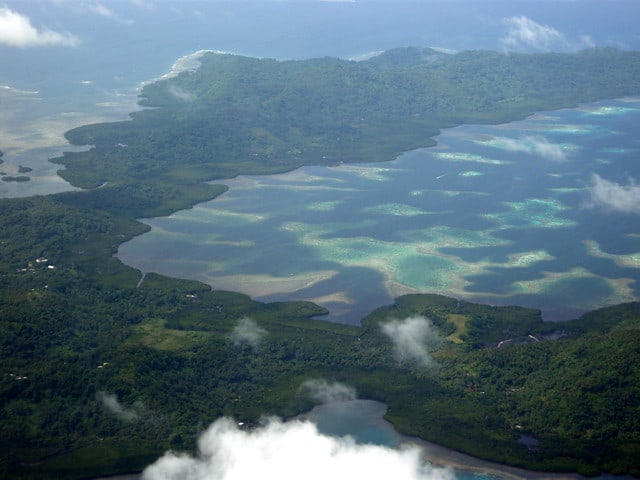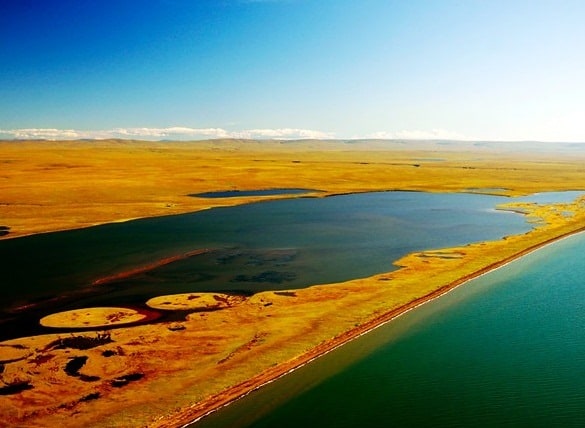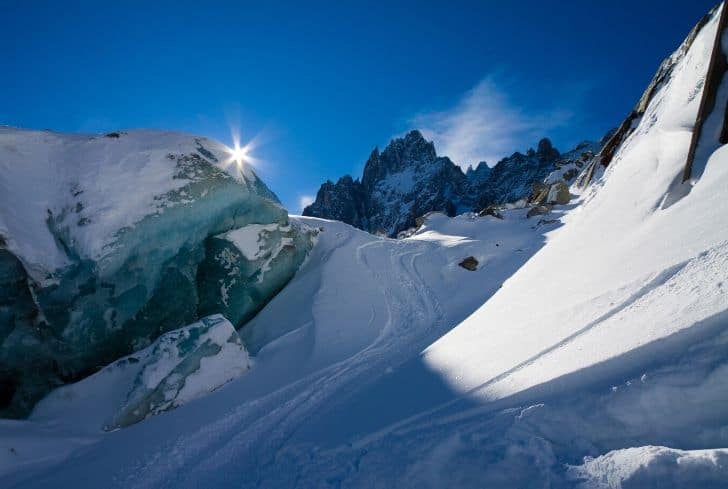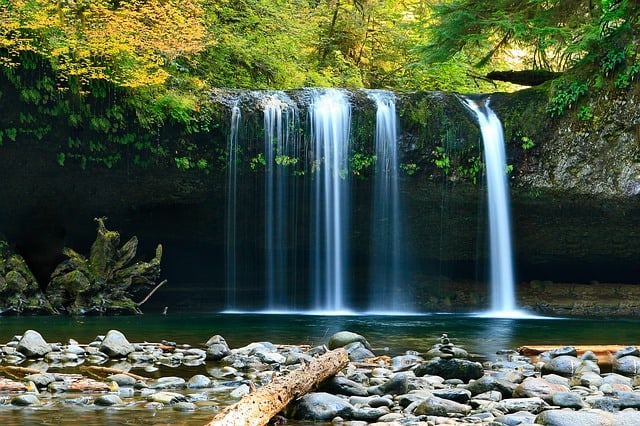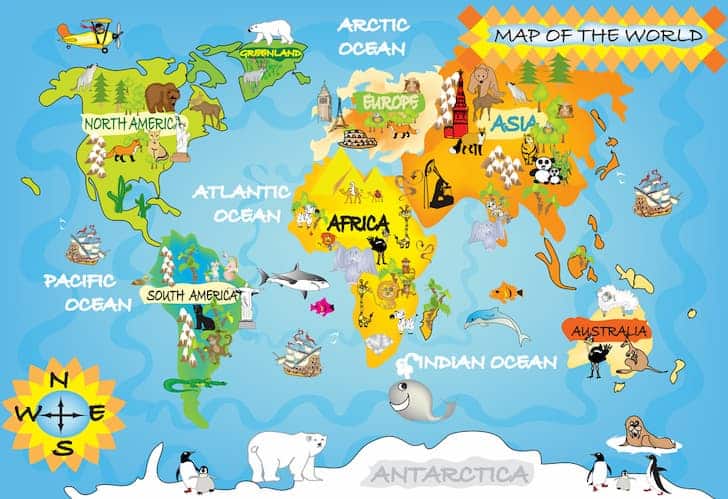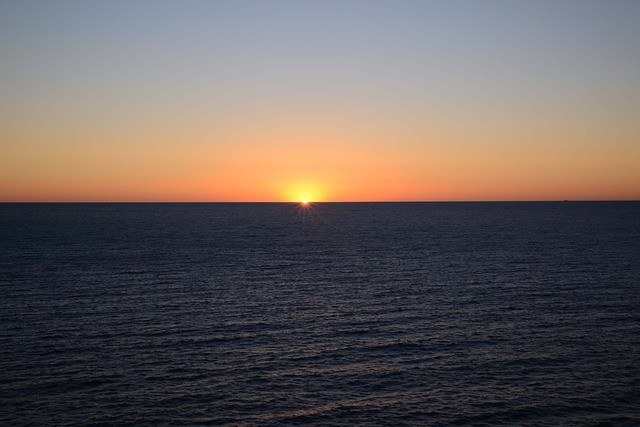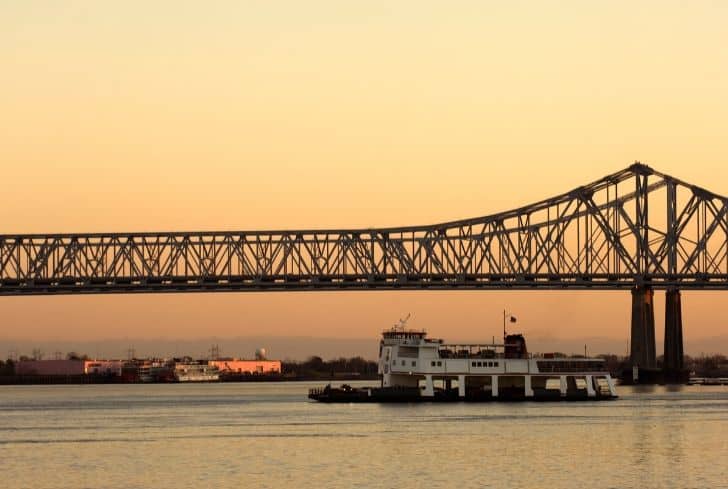What is Lagoon? How is it Formed and 10 Most Famous Examples of Lagoons in the World

Lagoons are very common coastal features found globally. The word “Lagoon” is derived from the Italian laguna that refers to the Lagoon of Venice, the waters around Venice. These are the shallow bodies of water separated from a larger body of water like ocean by barrier islands, sandbars, coral reefs, or other natural barriers. Lagoons are also called bays, estuaries, sounds, or even lakes. However, lagoons can form on gravel coastlines and mixed sand. There are also artificial human-made lagoons created for the treatment of wastewater, and these include anaerobic lagoons and aerated lagoons.
How are Lagoons Formed?
Lagoons exist because of the barrier that separates it from the ocean. The formation of lagoons depends on the barrier bars and sediment sources, waves, tides, and surf or storms and catastrophic events like storms, tsunamis, and hurricanes.
When sand is moved by the long coastal shore and gets deposited at the entrance of the bay, the accumulated deposits form a sandbar. As the deposition continues, that elongates the sandbar, eventually blocking the mouth of the bay creating a bay bar. This bay bar separates a part of the seawater from the open sea, and that enclosed sea water is what we popularly know as Lagoon.
Types of Lagoons
Usually, lagoons are of two types: Coastal Lagoons and Atoll Lagoons.
Coastal Lagoons
Sandbars or barrier islands shelter coastal lagoons. Along with flat or gently sloping landscapes of coastal plains, they form in areas with small tidal ranges. Coastal lagoons are formed as a shallow basin by the shore that slowly erodes, and the ocean seeps inside the sandbars or barrier islands. However, these do not build along steep or rocky coasts, or with tides more than 4 meters (13 ft) of range.
Being sensitive to changes in sea level linked to global warming, a lagoon mostly dry with a relative drop in sea level, while a rise in sea level protects them destroying barrier islands, and leaving reefs too deep underwater. Coastal lagoons are young and dynamic but may have a short life span as they are exposed on the shore.
Depending on the sea level, the size and depth of coastal lagoons often vary. Coastal lagoons are swampy wetlands when the sea level is low, but when the sea level is high, they look like coastal lakes or bays. These are usually connected to the ocean by an inlet.
Atoll Lagoons
Atoll lagoons are similar to coastal lagoons; however, they are protected by coral reefs instead of being sheltered by sandbars or barrier islands. In the tropical waters of the Indian Oceans and South Pacific, these lagoons are very common.
Atoll lagoons initially form when coral reefs grow upward surrounding the volcanic islands. Even after the island completely subsides into the ocean over millions of years, the ring of coral reefs, however, remain above the sea level. The reefs then become the atoll protecting the enclosed lagoon where the volcano used to be. The combination of coral growth and water at the center of the ring, which is often profound, creates a lagoon. It takes as long as 300,000 years for an atoll formation to occur.
There are also Hapua freshwater ecosystems which are a unique type of coastal lagoons located near river mouths. They are formed as rivers carve deep channels parallel to the coastline similar to that identified with New Zealand river systems.
The tourism industry thrives in the outer banks’ coastal lagoons. Other than fishing, visitors enjoy boating and recreational activities, including water skiing and parasailing. Similarly, the billion-dollar tourism industry of the South Pacific depends on bright blue lagoons and pristine beaches. The dazzling light and bright blue color of the coral reef or atoll lagoons occur due to their shallow depth and their interaction with limestone. However, these low-lying ecosystems are vulnerable to even the slightest change in sea level. Sea level rise could drown both the lagoons and their ringing atolls.
10 Most Famous Examples of Lagoons in the World
1. Nanuya Levu, Fiji
It is perhaps the home to the ultimate honeymoon lagoon. This island was the actual film location for the romance adventure film – The Blue Lagoon.
Nanuya Levu Island is privately owned by Fiji’s Yasawa Group and it is also the place where you can find the sustainable luxury resort, the Turtle Island Resort that can host 14 couples at a time. Thus, every 14 luxury bures are nestled along the astounding “Blue Lagoon.”
2. Lighthouse Reef, Belize
Lighthouse Reef in Belize is famous for the Great Blue Hole located near its center. The Blue Hole is a popular dive site. More you dive deep, more the water becomes transparent, revealing an array of formations of stalactites and limestone.
Huracan Diving is your only option to stay in this atoll lagoon as a part of a dive package. There are four guest rooms at Huracan’s lodge that come with screened windows, king size beds, ceiling fans, and of course private bathrooms.
3. Blue Lagoon, Iceland
Blue Lagoon is the world’s most famous Lagoon in Iceland. This human-made lagoon was formed in 1976 near the capital Reykjavik in a lava field rich in silica and sulfur. The water of the island is pumped here after passing it through a local geothermal power plant and becomes superheated to be used as a spa.
The rich mineral elements of the lava bed react with the warm water giving the lagoon its distinctive milky blue hue. The average temperature of water of this lagoon is between 37-39C. Interestingly, people who have psoriasis and bathed in its water have noticed an improvement in their skin.
4. Comino, Malta
Comino in Malta is a tiny island that features a Blue Lagoon with perfectly azure waters, and it is hard to believe that they’re real. Pirates and marauders used to hide in the limestone cliffs and caves in middle ages surrounding this lagoon. The dazzling blue waters over white sand shimmering in the Mediterranean sunshine make it picture-perfect heaven for a holiday between Malta and Gozo.
Apart from being a bird sanctuary and nature reserve, visitors can also indulge themselves in snorkeling, swimming, and even water skiing. Accommodation is provided at the Comino Hotel, on the beach.
5. Laguna Colorada, Bolivia
The beautiful shallow salt lake, Laguna Colorada or Red lagoon is located in Eduardo Avaroa Andean Fauna National Reserve in the southwest of Bolivia. The red sediments and pigmentation of some algae give its water a striking vibrant red color. This lagoon is home to puna flamingoes and 50 other bird species.
The bright red water lagoon set against the impressive Andes and the vast blue Bolivian sky can be best experienced in the morning and at sunset. However, accommodation in the area is basic at best.
6. Aitutaki Lagoon, Cook Islands
Located in the Cook Islands of South Pacific Ocean, Aitutaki Lagoon is a pure tropical paradise having a coral reef, palm-fringed beaches, and remote islands. Steve Davey wrote in his book, Unforgettable Places to See Before You Die, “No artist’s palette could ever conceive of a more perfect, more luminescent turquoise than that of the lagoon of Aitutaki, arguably the most beautiful in the world.”
The Lonely Planet co-founder Tony Wheeler called Aitutaki ‘the world’s most beautiful island’ in 2010. The Aitutaki Lagoon Resort & Spa is the only resort directly located on the world’s most beautiful lagoon which features both beachfront and overwater bungalows.
7. Chuuk Lagoon, Micronesia
Chuuk Lagoon in Micronesia is a sheltered water body in the central Pacific which was previously known as Truk Lagoon. This 40-mile vast expanse of pristine water will be an entirely different experience from any tropical lagoon.
Here the wrecks of around 275 aircraft and 50 Japanese warships destroyed by allied forces during the Second World War, were transformed into coral reef over the years making it a top scuba diving destination and also a dream diving destination for wreck divers.
8. Marovo Lagoon, Solomon Islands
Marovo in the Solomon Islands in the South Pacific is located by the New Georgia and Vangunu islands with a double line of smaller barrier islands. The dreamy azure ocean, hundreds of tiny islands, coral reef, rainforest, palm trees, and not to mention the diverse marine life will no doubt completely indulge you in its charm.
9. Kasegaluk Lagoon, Alaska
Kasegaluk, this coastal lagoon is located in the far west of Alaska and parted from the Chukchi Sea by a series of long, thin barrier islands. This spectacular lagoon stretches 125 miles along Alaska’s northwestern coast. The sheltered and shallow water of Kasegaluk Lagoon is a haven for animals such as polar bears, beluga whales, walrus, sea ducks, spotted seals, and numerous shorebirds.
10. Milnerton Lagoon, Cape Town
Milnerton Lagoon is at the confluence of the Diep River and the Atlantic Ocean in Cape Town. Milnerton is a spectacular city lagoon in South Africa with coastal homes, the local canoe club, neat palm-fringed banks and a picturesque view of Table Mountain.
References:

